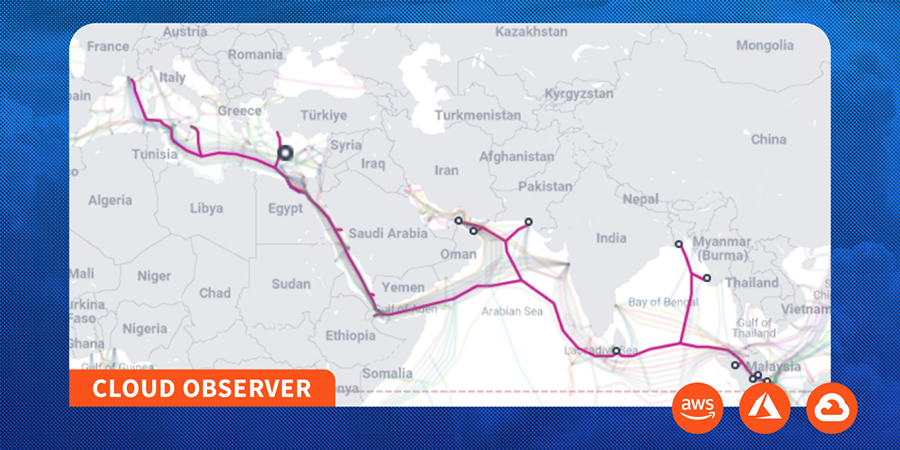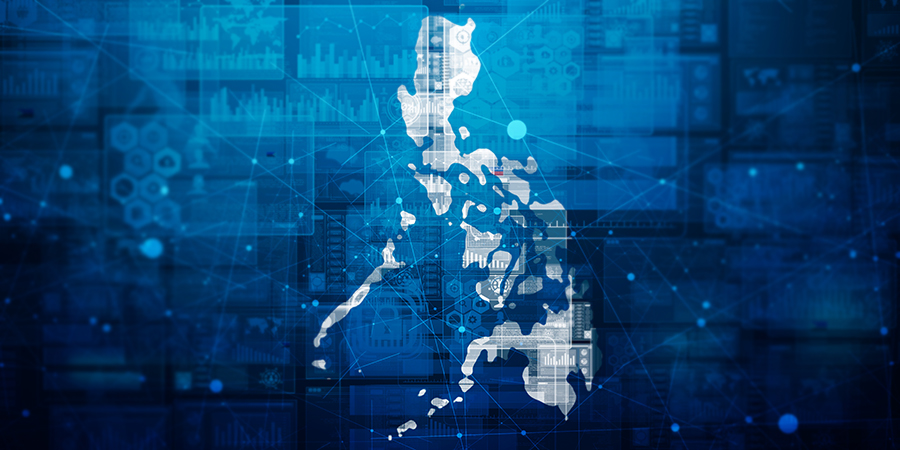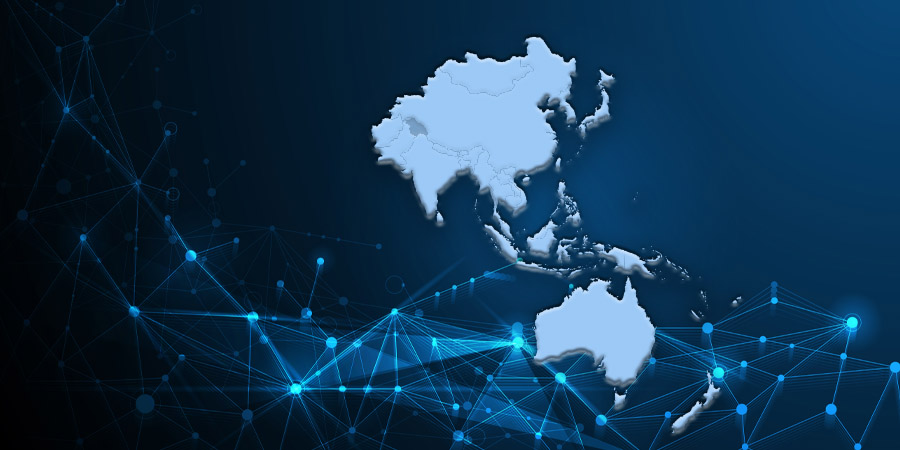Asia has been one of the leaders when it comes to technological innovation and economic growth during the era of digital advancement. However, the advent of technology has come with the ever-present danger of cyberattacks, which are getting more sophisticated and more frequent.
Featured Articles
Subsea Cable Maintenance Impacts Cloud Connectivity
By Doug Madory, Director of Internet Analysis, Kentik
Advancing Digital Inclusion Efforts and ICT Development in the Philippines
Statistical data in the Philippines has shown a clear digital divide. According to DataReportal's Digital 2023 Report, the country garnered 85.16 million internet users at the start of 2023, representing an impressive internet penetration rate of 73.1%. However, beneath these figures lies a stark reality: while urban areas frequently have strong connectivity and access to digital resources, rural and marginalized communities face limited or nonexistent internet infrastructure. This disparity highlights the critical need for coordinated efforts to close the digital divide and ensure equitable access to the internet's transformative power across the country.
Connecting the Region: A Look at the Top Telecom Vendors and Providers in the Asia Pacific
Telecommunications profoundly influences our daily routines, often imperceptibly. Consider the iPhone's impact or the convenience of GPS navigation. Telecom companies are largely responsible for these conveniences. In the Asia Pacific, the telecom sector yields over USD 500 billion annually, highlighting its significant success.
The Role of Al and Machine Learning in Enhancing Cybersecurity in the Asia-Pacific
Telecom companies in the Asia-Pacific region face increasing cybersecurity threats and must protect their systems and customer data. This is challenging given the ever-evolving nature of cybercrime. However, artificial intelligence (AI) and machine learning offer promising solutions. These technologies can greatly enhance cybersecurity in the telecom sector across the Asia-Pacific by enabling companies to stay ahead of threats. Implementing the right solutions can help protect infrastructure, services, and subscribers while fostering innovation.
Fixed Wireless Access Transforming Digital Connectivity in Asia
Fixed Wireless Access (FWA) has had a significant impact on the telecommunications industry, resulting in transformative changes not just in Asia, but globally. This technology has rapidly evolved from a niche solution to a widely-used alternative, offering a network infrastructure that is both reliable and secure.
Dealing with Data Deluge Through Real-Time Data Streaming in the Asia-Pacific
Organizations around the Asia-Pacific region are compelled to reconsider their data management strategies due to the unprecedented volume of data that is being generated across industries during the current technological advancements.
Asia-Pacific's Fiber Frontier: A High-Speed Adventure to 2030 and Beyond
The Asia Pacific fiber optics market anticipates a robust compound annual growth rate (CAGR) of 9.0% from 2023 to 2030. The region is undergoing a technological transformation, emphasizing smart cities, Internet of Things (IoT) integration, and advancements in healthcare systems.
Expanding Cloud Infrastructure and Rapid Adoption Reshape India's Landscape
India is a significant growth market for cloud service providers, and many have increased their presence in the country in recent years. This is attributed to India's swiftly expanding digital economy, where a growing number of businesses and individuals utilize cloud-based services to enhance productivity and efficiency.
Thailand's Quantum Leap: Achieving 5G-Advanced Mastery in 2023
Thailand has emerged as a trailblazer, paving the way for 5G innovation. Renowned as the world's premier 5G market, Thailand's commitment to propelling the latest mobile communication technologies forward is not merely a vision but a tangible reality.
















